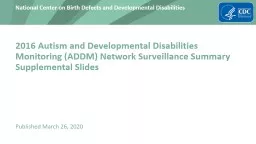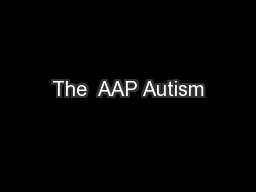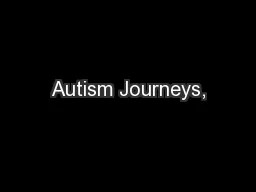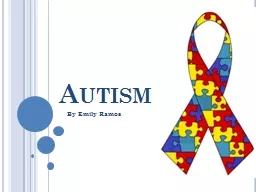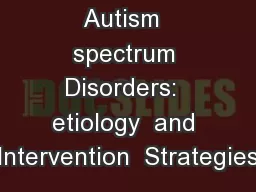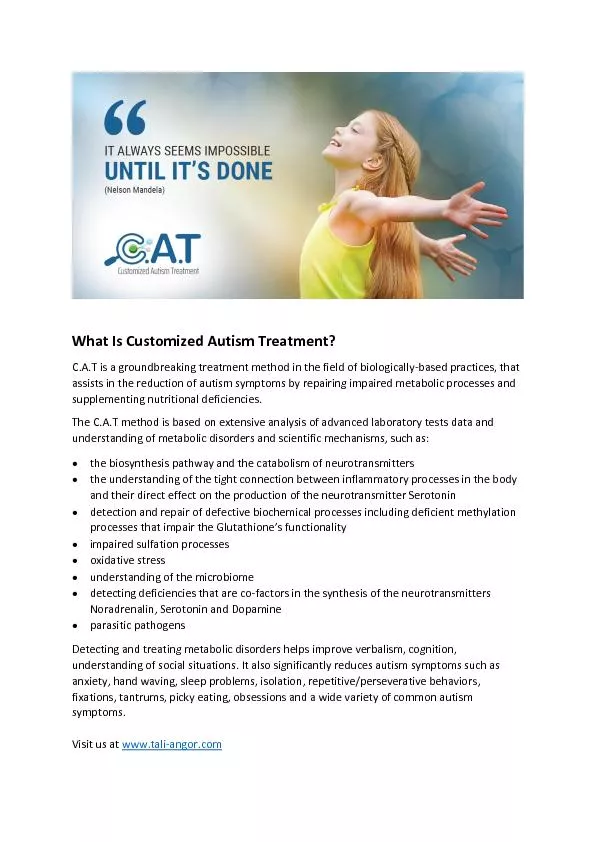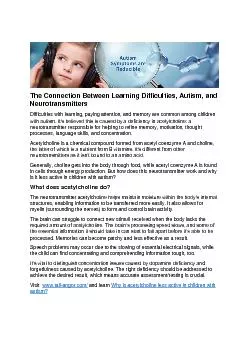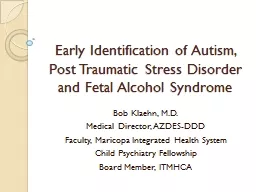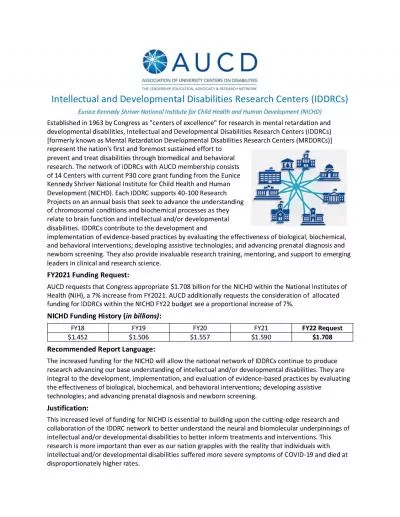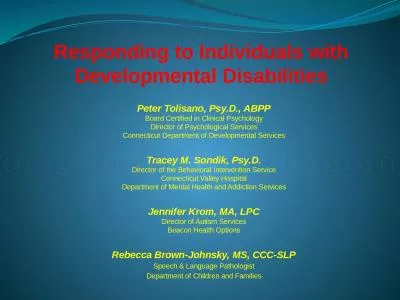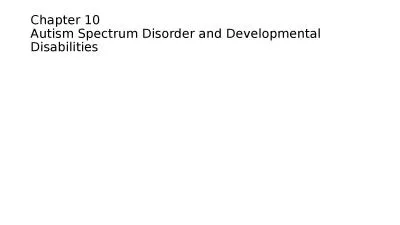PPT-2016 Autism and Developmental Disabilities Monitoring (ADDM) Network Surveillance Summary
Author : lois-ondreau | Published Date : 2020-04-05
Supplemental Slides Published March 26 2020 2016 ADDM Surveillance Summary Citations and Links Maenner MJ Shaw KA Baio J et al Prevalence of autism spectrum disorder
Presentation Embed Code
Download Presentation
Download Presentation The PPT/PDF document " 2016 Autism and Developmental Disabilit..." is the property of its rightful owner. Permission is granted to download and print the materials on this website for personal, non-commercial use only, and to display it on your personal computer provided you do not modify the materials and that you retain all copyright notices contained in the materials. By downloading content from our website, you accept the terms of this agreement.
2016 Autism and Developmental Disabilities Monitoring (ADDM) Network Surveillance Summary: Transcript
Download Rules Of Document
" 2016 Autism and Developmental Disabilities Monitoring (ADDM) Network Surveillance Summary"The content belongs to its owner. You may download and print it for personal use, without modification, and keep all copyright notices. By downloading, you agree to these terms.
Related Documents

